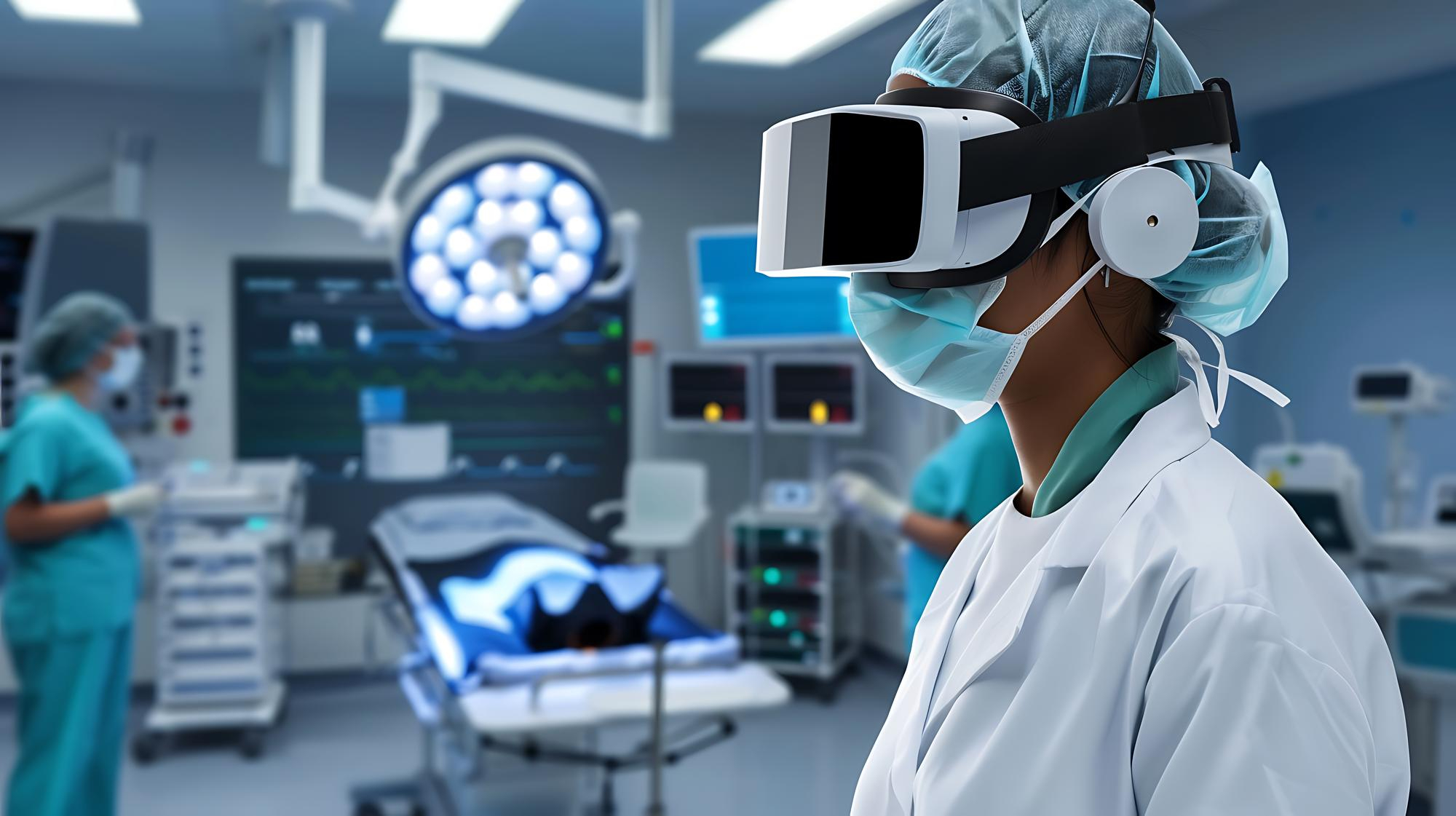Hardware and Software Development: The Essential Alliance for Technological Innovation Hardware and software development are at the heart of the technological innovations that shape our world. These two fields, though distinct, are inseparable when it comes to creating high-performance, reliable technological solutions. Whether it’s smartphones, autonomous cars or medical devices, the harmonious integration of hardware and software is essential to deliver optimal user experiences and meet growing market needs. Interaction...

Medical Technology: Pioneering the Health of the Future
Medical technology is evolving at a breathtaking pace, redefining the way healthcare is delivered around the world.
Artificial Intelligence in Medicine: A Silent Revolution
Artificial Intelligence (AI) is gradually transforming the medical landscape, offering innovative solutions that are revolutionizing the way care is delivered.





Subscribe Blog Fokoutech to Get Newest Update
It is a long established fact that a reader will be distracted by the readable content of a page when looking at its layout.




